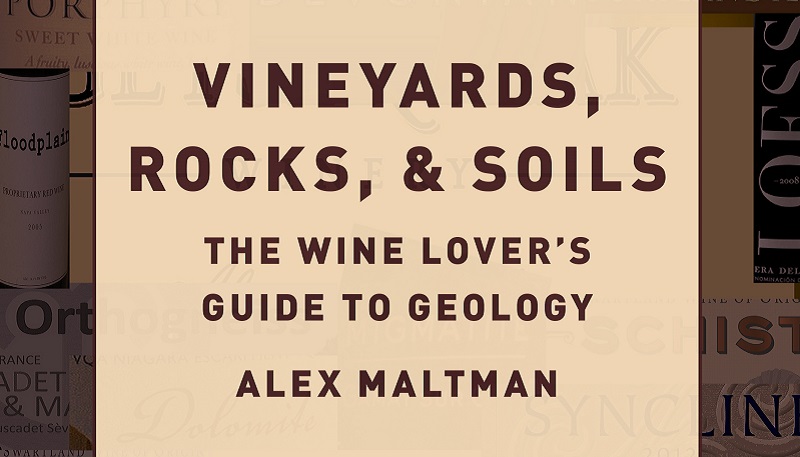Wine-savvy geologist publishes volume on vineyards

07 June 2018
As wine producers increasingly proclaim the importance and the uniqueness of the soils in which their vines grow, a new book by an Aberystwyth University geologist looks at how geology can shape a vineyard and its produce.
InVineyards, Rocks, and Soils: The Wine Lover’s Guide to Geology, Emeritus Professor of Earth Sciences Alex Maltman introduces the basic principles of geology in the context of wine.
“The geology of vineyards is a hot topic in the wine world”, said Professor Maltman.
“Wineries are busy proclaiming the unique soils in which their vines grow; journalists assert the special qualities this or that bedrock brings to wine; plenty of enthusiasts are now convinced that the vineyard geology can actually be tasted in their wine glass. Unfortunately, people tend to get the geology wrong.”
In his book, Professor Maltman sets out to clarify matters, and provides a readable explanation of geology as it applies to vineyards and wine.
“The emphasis throughout is on the kinds of processes that make the vineyards, and the minerals, rocks and soils that host the vines,” said Professor Maltman.
“I began questioning why things were done certain ways in wine-making over forty years ago, when I started making my own wine. I first started by using fruit from the hedgerows around my home in Penrhyncoch, near Aberystwyth, and then from grapevines in my garden. All this taught me much: I have often said that the principles of making wine from twenty vines are just the same as from twenty thousand.
“The book also explores how the geology-wine connection manifests in the finished product and evaluates its importance, particularly in the contexts of minerality, terroir, and taste.
“The fact is that geology is increasingly being promoted in the world of wine; the aim of the book is to help it be properly understood.”
Vineyards, Rocks, and Soils: The Wine Lover’s Guide to Geology by Alex Maltman is published by Oxford University Press, ISBN 9780190863289.



